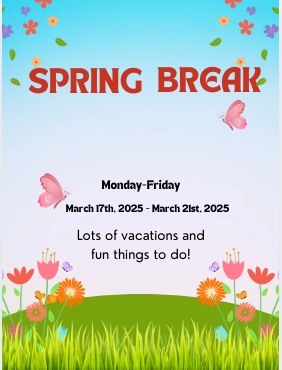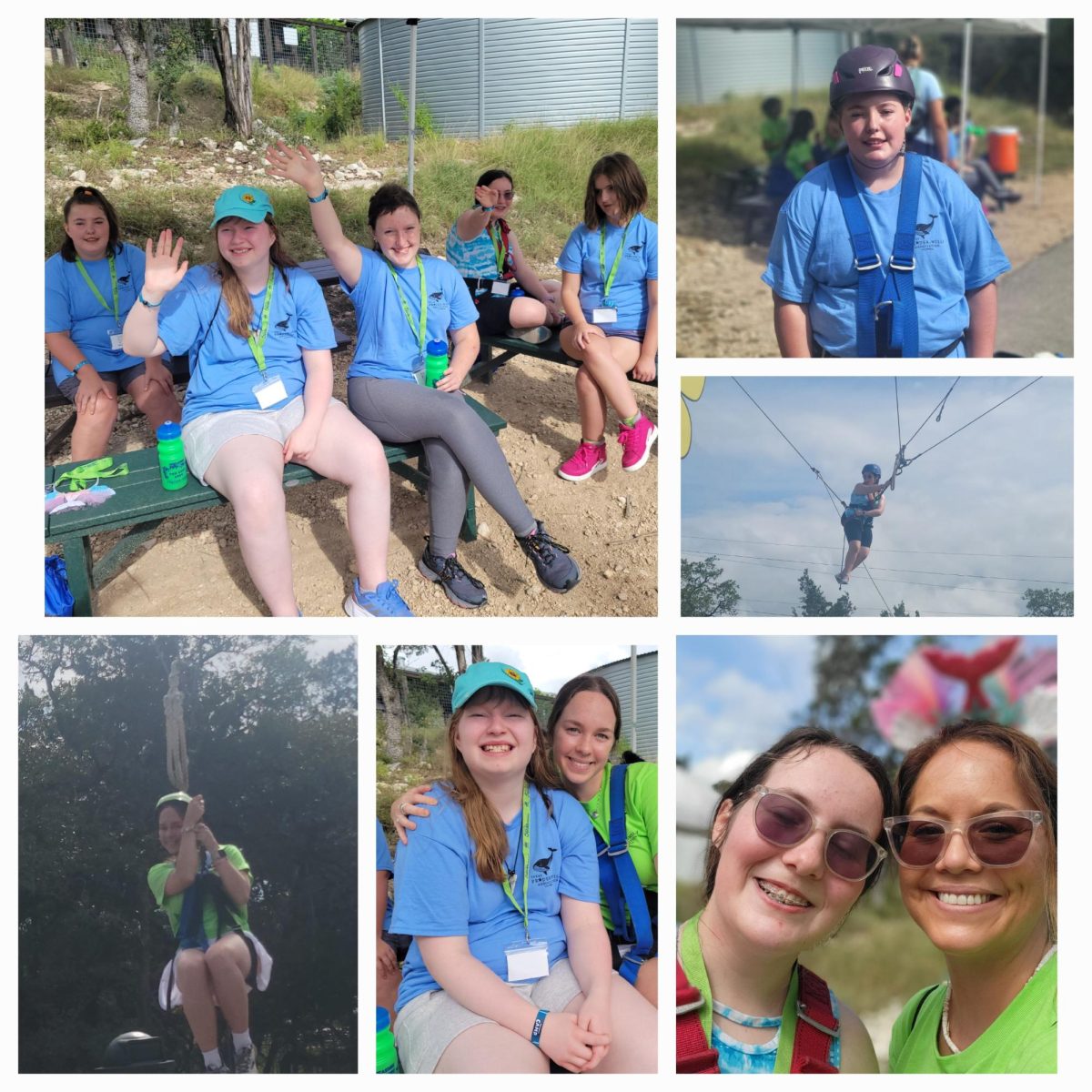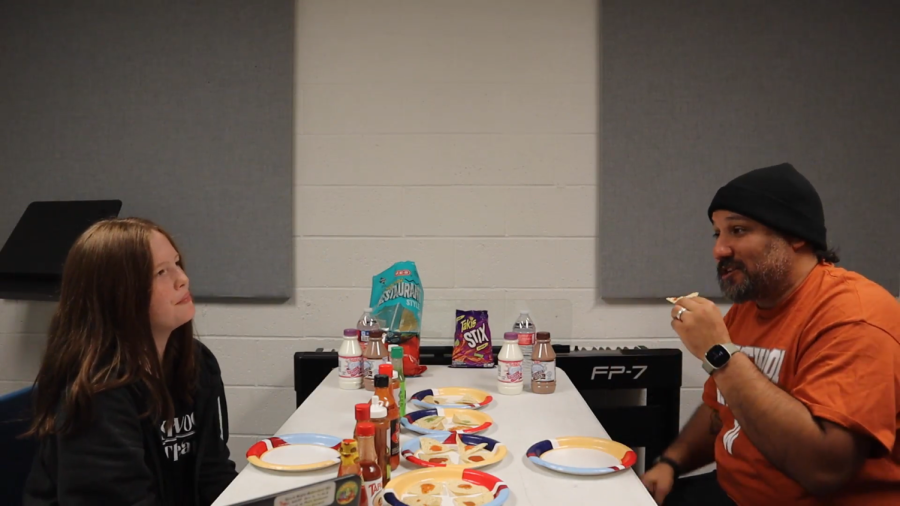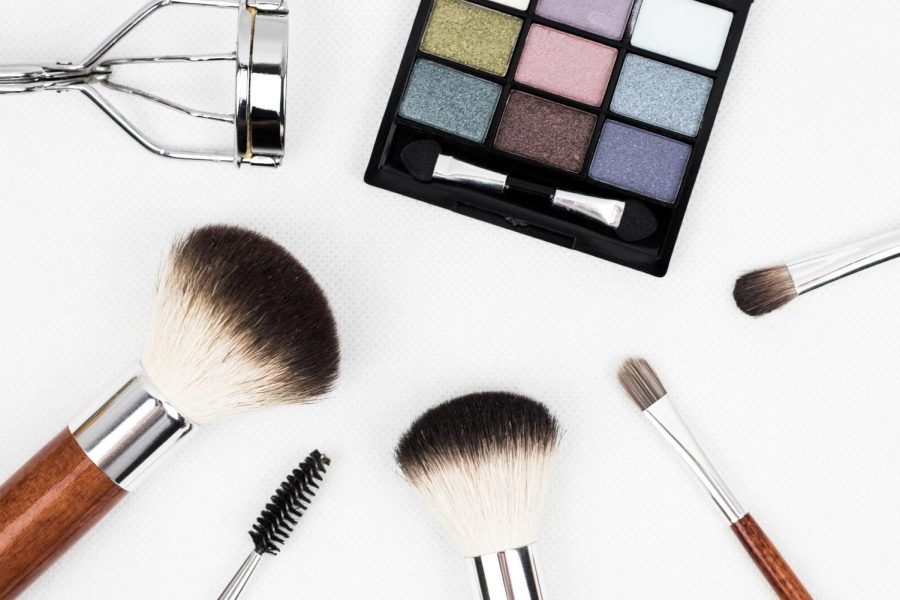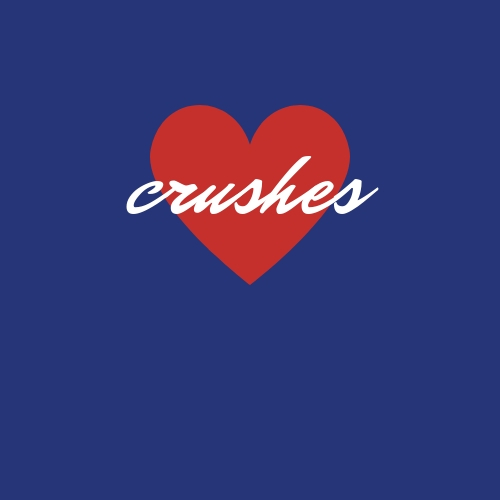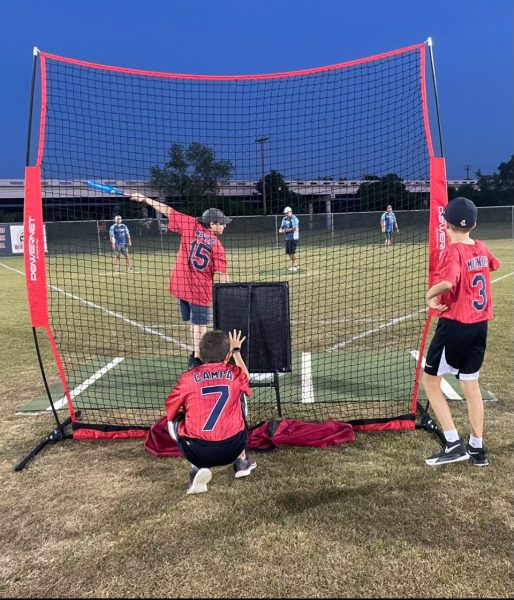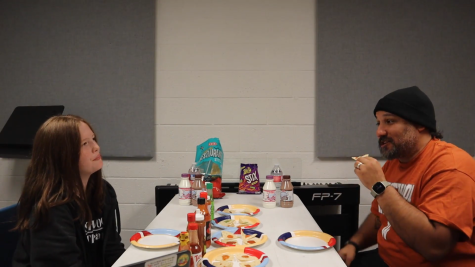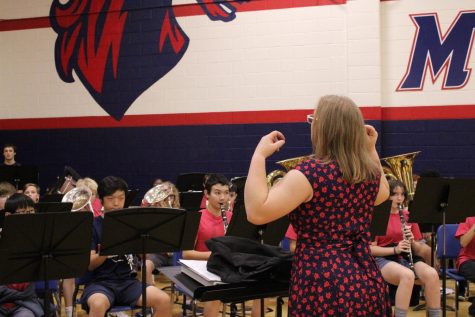The Science Behind Crushes
What are those butterflies caused by?
Crushes. The worst, most dreaded part of middle and high school that’s basically unavoidable for the majority of students. Sometimes it’s a simple, “they’re kind of cute!” crush. Other times, it’s an unhealthy obsession. While the latter is thankfully uncommon, both kinds (and everything in between) have quite a similar science lying underneath.
What is a Crush?
From a psychological point of view, crushes are a mixture of admiration and fantasizing. The person associates their crush with attributes that are attractive and positive, thus becoming blind to their flaws. They see an idealized version of their crush that might not even be true at all; this is especially true when the admirer has never talked to the object of their affection. The attributes projected onto the crush tells more about the admirer since they associate their crush with traits that they personally find attractive. Since the crush is more imagination than reality, it tends to fade off quickly. Some experts do believe teenage love can last. A study even showed that 1/4th of adults would happily go back to their first partner from their teenage years. While teens tend to see dating as more fun then lifetime commitment these days, what happens during the period of infatuation remains the same.
The Chemistry
During a crush, your senses become sharper, as does your mind. This is because serotonin levels rise when you catch romantic feelings for someone. Serotonin is a hormone that helps combat sadness and anxiety. Endorphins are also released, which causes a touch to be hyper-sensitive. Dopamine causes our reward center to light up, just as it does with drugs. People get hooked on it, too. Crushes are essentially just an addiction to a person.
Another chemical released is norepinephrine. This is the chemical that causes sweaty palms and racing hearts along with heightened levels of attention. They’re also responsible for the butterflies we get whenever our crush walks by.
Learn More
While this article is a simple breakdown of crushes, they’re actually a lot more complex and sometimes harmful. You can learn more about unhealthy crushes here, and healthy ones here.

Lyla Boretz is a 13-year-old student with a passion for music and sports. She's played the violin for 5 years, figure skated for two, and did English riding...





